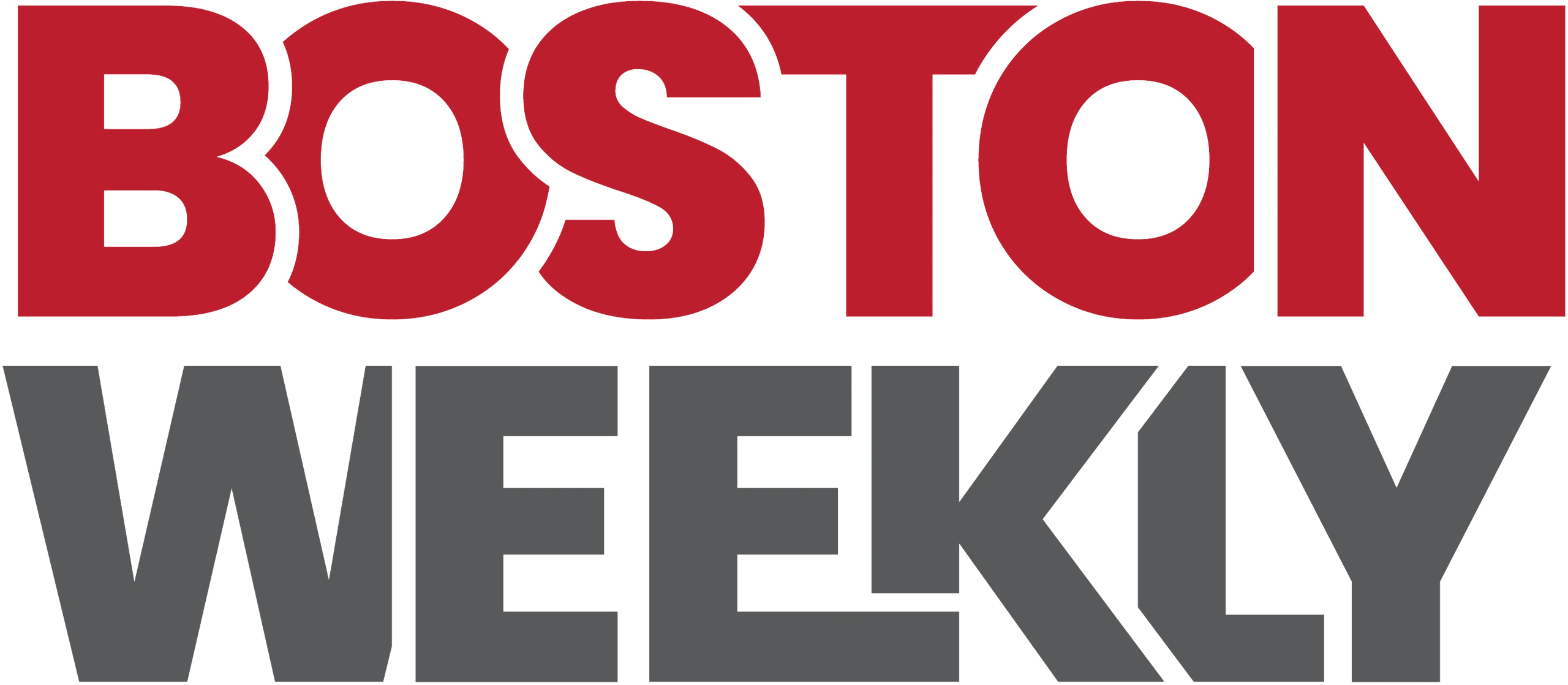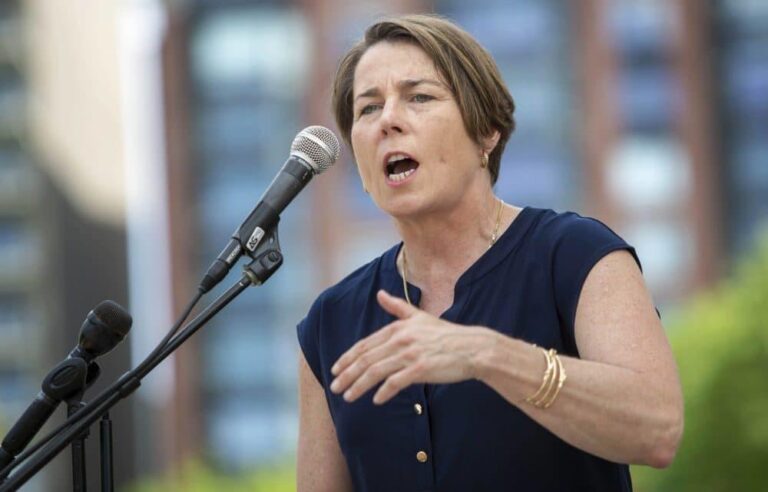Massachusetts Governor Maura Healey today announced a sweeping $8 billion investment aimed at transforming the state’s transportation infrastructure. The ambitious plan includes a significant increase in local funding, designed to enhance transit systems, repair aging roads and bridges, and boost economic growth across communities. Officials say the funding boost will not only improve commute times but also support sustainable transportation initiatives, signaling a major step forward in modernizing the state’s mobility network.
Table of Contents
- Governor Healey Announces Comprehensive Transportation Funding Increase
- Local Tax Hike to Finance Major Infrastructure Upgrades
- Expected Impact on Commuters and Regional Development
- Recommendations for Maximizing Efficiency and Community Benefits
- Key Takeaways
Governor Healey Announces Comprehensive Transportation Funding Increase
Governor Healey has committed an unprecedented $8 billion investment aimed at transforming the state’s transportation infrastructure. This comprehensive funding package includes a targeted increase in local funding mechanisms designed to ensure sustained improvements across both urban and rural areas. Key priorities include upgrading aging bridges, expanding public transit options, and modernizing road networks to reduce congestion and improve safety for all commuters.
- Allocation for enhanced bus and rail services to improve accessibility
- Investment in sustainable transport initiatives promoting clean energy
- Funding to support maintenance and repair of critical infrastructure
The ambitious plan also features a local revenue hike to generate steady financial support for ongoing projects. Officials emphasize that these funds will be strategically distributed to empower communities, creating jobs and boosting economic development statewide.Governor Healey highlighted that this initiative not only addresses immediate transportation challenges but also lays the groundwork for long-term resilience and connectivity across the region.
Local Tax Hike to Finance Major Infrastructure Upgrades
In a bold move to address years of infrastructure decline, Governor Healey has announced a local tax increase aimed at generating funds for an $8 billion transportation overhaul. The proposed tax hike, slated to affect property and vehicle owners across several municipalities, is designed to channel vital revenue into much-needed upgrades, including:
- Roadway repairs and resurfacing projects to improve safety and traffic flow
- Expansion and modernization of public transit systems to reduce congestion and pollution
- Bridge renovation efforts targeting aging structures at risk of failure
This strategic funding approach underscores the administration’s commitment to sustainable urban mobility and economic growth, despite expected opposition from some taxpayer groups concerned about the immediate financial impact.
City officials emphasize that these investments will not only extend the lifespan of critical infrastructure but also generate ample local employment opportunities during construction phases.According to sources close to the governor’s office, the tax adjustment will be accompanied by oversight mechanisms to ensure transparency and accountability in fund allocation. While the tax increase represents a short-term financial burden, experts agree that the long-term benefits-such as improved safety, increased property values, and enhanced quality of life-will far outweigh the initial costs, positioning the region for decades of prosperity ahead.
Expected Impact on Commuters and Regional Development
The $8 billion investment is set to revolutionize daily commutes across the region by significantly reducing travel times and increasing transit reliability. Commuters will benefit from enhanced infrastructure, including expanded rapid transit lines and modernized roadways, which are projected to alleviate congestion on key corridors. This initiative emphasizes sustainable transit options, encouraging the use of public transportation and greener alternatives, ultimately easing the environmental burden while improving accessibility for all residents.
Beyond the immediate advantages for travelers, the boost promises substantial regional economic growth by attracting new businesses and encouraging development in underserved areas. Key features include:
- Improved connectivity between urban centers and suburban communities
- Job creation through infrastructure projects and subsequent commercial investments
- Revitalization of local neighborhoods with infrastructure upgrades supporting housing and retail expansion
These strategic enhancements aim to balance growth with sustainability, positioning the region as a forward-thinking hub that supports vibrant communities and long-term prosperity.
Recommendations for Maximizing Efficiency and Community Benefits
To ensure the substantial investment translates into tangible community gains, a strategic focus on integration and sustainability is essential. Prioritizing multimodal transit options that interconnect seamlessly encourages broad usage, reduces congestion, and limits environmental impact. Initiatives should emphasize:
- Expansion of public transit networks with accessible routes tailored to underserved areas.
- Incorporation of green infrastructure such as bike lanes and pedestrian pathways to promote eco-kind mobility.
- Adoption of smart technology to optimize traffic flow and enhance user experience through real-time updates and digital ticketing.
Community engagement remains a cornerstone of effective transit planning, maximizing benefits while fostering public support. Consistent outreach and obvious communication will empower residents to contribute feedback and stay informed.Additionally, partnerships with local organizations and businesses can drive economic growth and ensure the transit system reflects the community’s unique needs. Key measures include:
- Regular public forums and surveys to gather diverse perspectives.
- Collaborative development of last-mile solutions connecting users directly to schools, workplaces, and commercial hubs.
- Investment in workforce training programs to support local employment within the expanding transportation sector.
Key Takeaways
Governor Healey’s declaration marks a significant investment in the state’s transportation infrastructure, promising to not only enhance mobility but also stimulate local economies. As the plan moves forward, its impact on communities across the state will be closely watched, with many hopeful that this $8 billion boost will pave the way for a safer, more efficient, and sustainable transportation future.

